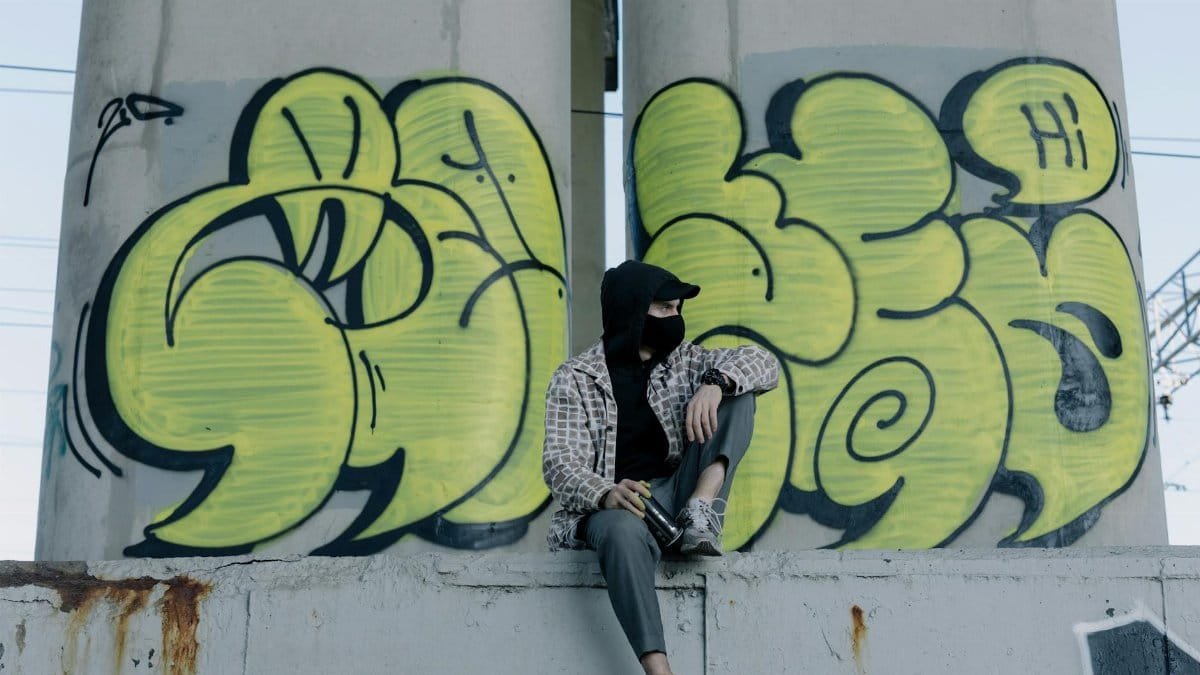Is the interfaith no-faith dating minefield tearing relationships apart or bringing unexpected harmony? In 2025, more couples than ever are grappling with clashing beliefs—or the complete absence of them. As religious diversity grows and secularism rises in the U.S., dating across faith lines, or between believers and non-believers, has become a complex battleground. From family tensions to personal values, these relationships test boundaries in ways traditional dating often doesn’t. Here’s how this trend is reshaping modern love and what challenges lie ahead.
Clashing Values at the Core

At the heart of interfaith and no-faith dating lies a fundamental clash of values. For some, faith is a non-negotiable pillar, while for others, a secular worldview rejects spiritual frameworks entirely. This divide can spark friction over everything from holiday traditions to moral decision-making. A 2023 Pew Research study found that 39% of Americans in mixed-belief relationships report frequent disagreements over religion. Navigating this requires blunt honesty—couples must address these differences head-on or risk constant conflict.
Family Pressure Turns Up the Heat

Families often pour fuel on the fire in these relationships. A devout parent might balk at a non-believing partner, while secular families can question a religious in-law’s influence. These external pressures amplify stress, especially during major life events like weddings or child-rearing discussions. Therapists note that boundary-setting with relatives is crucial, yet many couples struggle to balance loyalty to family with commitment to their partner.
Raising Kids in a Belief Divide

Deciding how to raise children is a flashpoint in the interfaith no-faith dating minefield. Should kids follow one parent’s faith, be exposed to both, or grow up secular? Disagreements here can fracture even strong partnerships. Experts from Pew Research Center highlight that only 31% of mixed-belief couples agree on a unified approach to religious upbringing, leaving many to navigate this issue through tense compromise.
Holidays: Celebration or Standoff?

Holidays often expose raw divides. A Christian partner might expect Christmas to dominate December, while a non-believer sees it as just another day. Similarly, Ramadan or Hanukkah can feel alienating to someone outside the faith. Couples report that negotiating these occasions requires creativity—some alternate traditions yearly, while others create neutral celebrations. Without mutual respect, though, these moments turn into battlegrounds.
Social Stigma Still Lingers

Despite growing acceptance, social stigma around mixed-belief relationships persists in 2025. Some religious communities view interfaith dating as a betrayal, while secular circles occasionally mock spiritual partners as “outdated.” A recent survey by Gallup shows 25% of Americans still disapprove of marriages crossing faith lines. Couples often face judgmental whispers, forcing them to build resilience against outside noise.
Can Respect Bridge the Gap?

Success in these relationships often hinges on mutual respect. Partners don’t need to agree on beliefs, but they must value each other’s perspectives. Counselors emphasize open dialogue—discussing faith or its absence early prevents misunderstandings later. Stories of thriving couples show that curiosity about a partner’s worldview, rather than defensiveness, can transform potential conflict into a source of strength.
Unexpected Rewards of the Challenge

Surprisingly, tackling the interfaith no-faith dating minefield can yield unique rewards. Couples who navigate these differences often develop stronger communication skills and deeper empathy. Facing such a core divide forces partners to confront issues many others avoid, building resilience. As one New Yorker in a mixed-belief relationship put it, “We’ve learned to argue better—and love harder—because of our differences.” Data from Psychology Today supports this, noting that successful mixed-belief couples report higher satisfaction when they prioritize understanding over conversion.
The landscape of love is shifting, and interfaith or no-faith relationships are at the forefront of this change. While the challenges are real—from family friction to holiday disputes—the potential for growth and connection remains. In 2025, as America grows more diverse in belief and non-belief, couples who face this minefield head-on might just redefine what it means to build a lasting bond.
